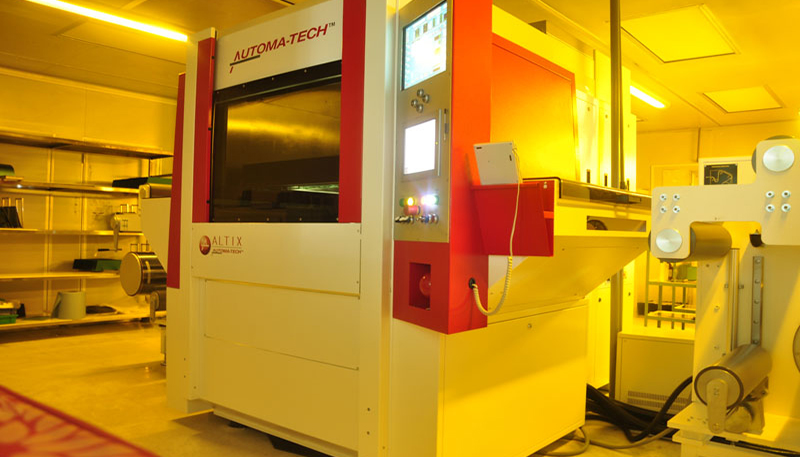
Acid etching is a technique that uses acidic solutions to chemically react with the metal surface, removing selected portions of the material. This method is
commonly employed in the production of circuit boards, jewelry design, decorative metal items, and semiconductor manufacturing. The specific process can vary
depending on the application, but it generally involves the following basic steps:
1. **Preparation**: Determine the design pattern to be etched and prepare the metal surface to be treated. Ensure the metal surface is clean and free from oils or
other contaminants, which can be achieved through cleaning or polishing.
2. **Resist Application**: Apply a layer of resist (such as photoresist) onto the metal surface. This layer protects the parts that should not be etched from the acid.
For intricate patterns, photolithography may be used to transfer the design onto the resist layer.
3. **Exposure and Development**: If a photosensitive resist is used, expose the resist to ultraviolet light to harden it into the desired pattern. Then, develop the pattern
by removing the unhardened resist, exposing the areas of the metal that need to be etched.
4. **etching process**: Place the metal with the resist pattern into an appropriate acidic solution. Different metals may require different types of acids or acid mixtures.
For example, ferric chloride is often used for etching copper, while hydrofluoric acid can be used for glass etching.
5. **Resist Stripping**: After etching, use a specific solvent to remove the remaining resist, revealing the final etched pattern.
6. **Post-processing**: Depending on the specific requirements, further treatment of the etched parts may be necessary, such as cleaning, passivation, or coating.
Acid etching is valued for its ability to precisely control the depth and complexity of the etched patterns, making it widely used across many industries. However, due to
the use of strong acids, proper safety measures must be taken to protect operators and the environment. With increasing environmental awareness and technological advancements, more environmentally friendly etching methods are also continuously being developed.
Contact: andy_Lai
Phone: 18938693450
E-mail: yw9@zldsmt.com
Add: Building A3, Huafa Industrial Park, Fuyong Town, Fuyuan Road, Fuyong Town, Baoan District, Shenzhen,China